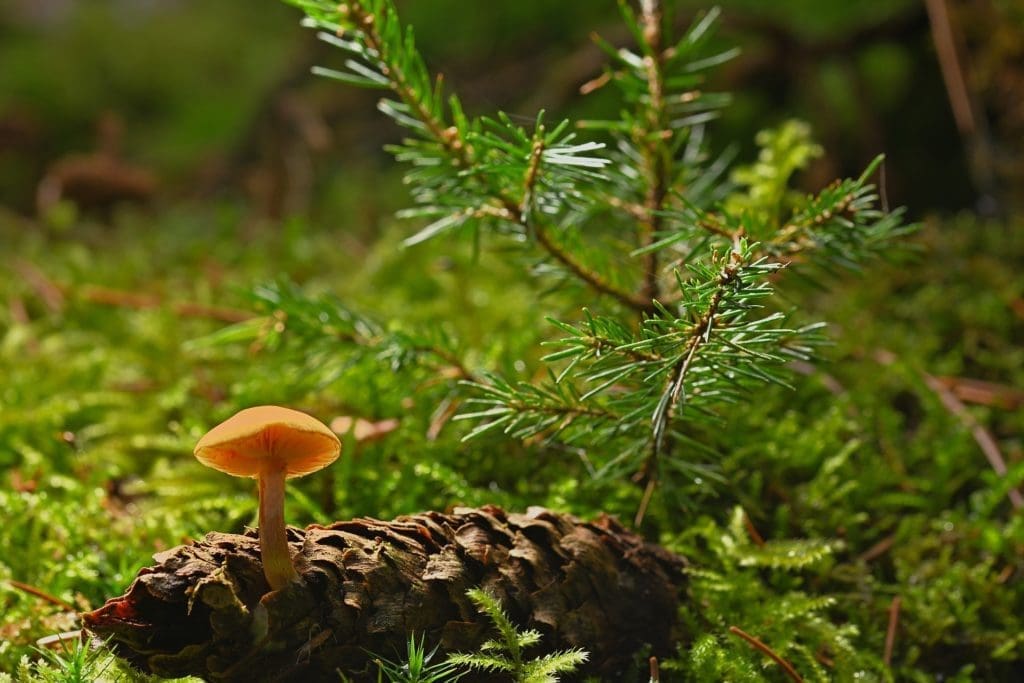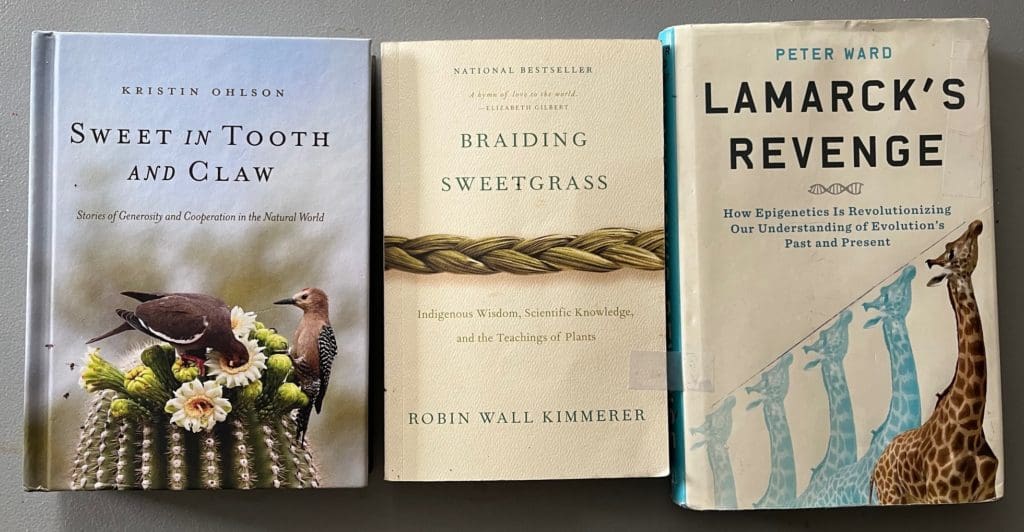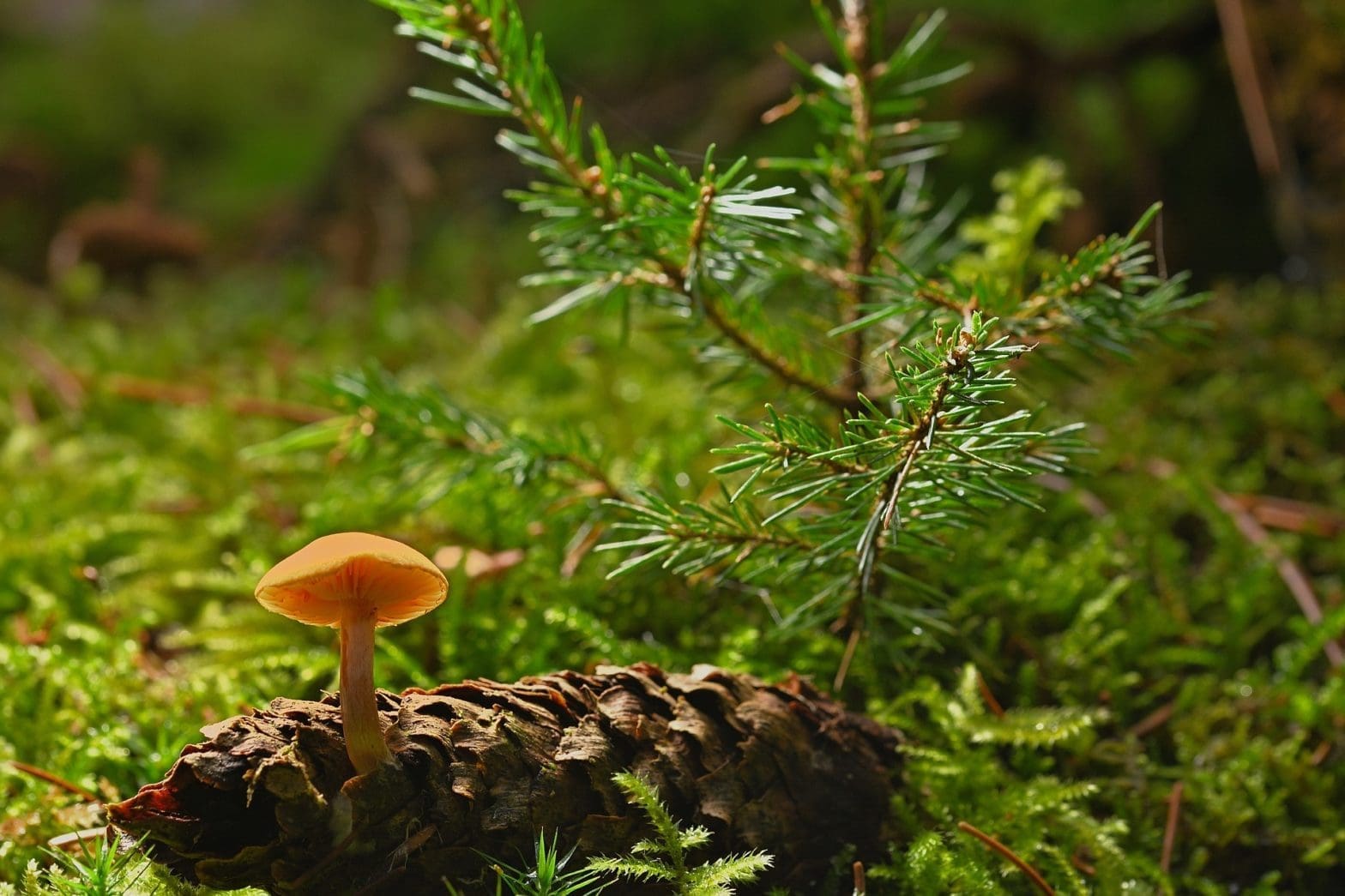Biodiversity 8 Deepdive: Symbiosis is Challenging Survival of the Fittest
Spring 2023, Wednesdays, March 1 – May 12

How has conventional interpretation of Darwin’s survival of the fittest shaped not only our understanding of science and extinction, but also economics and cultural values? Are we genetically doomed to compete with nature and with each other until our species joins the long list of other species headed for extinction?
It might surprise you to know that the theory of symbiosis in nature is as old as survival of the fittest. New discoveries showing how most species cooperate and communicate can give us a more hopeful view of the future.
Join us for a 12 week deep dive into the science, history, and cultural implications of how we understand evolution and interspecies relationships.
Format
This is a 12 week course that meets every Wednesday, starting March 1 and running through May 12, 2023. Sessions will be held from 12 – 2pm ET and 7 – 9pm ET on Zoom to accommodate students’ schedules.
Join a live class each week to discuss readings, enjoy expert presentations, and be challenged to do your own experiments. Past classes have even included discussions with the authors! You can also connect to the Biodiversity Deepdive community through an exclusive Google Groups forum.
Your instructor
Jim Laurie discovered the magical power of nature in his work as a biologist in the chemical industry to clean toxic wastewater with “living machines”. His career turned to restoration biology and teaching. You will enjoy his interactive and thought provoking style which makes science accessible, while still being comprehensive.

Course Description
In Biodiversity 7, we learned how to create Mini-Forests using the Miyawaki Method from author Hannah Lewis. Tony Hiss, the writer of Rescuing the Planet also visited class, sharing his ideas to protect large areas in North America and connect them with wildlife corridors. A third author, Kristin Ohlson, came to class and challenged us to look for connections and cooperation in nature.
Competition is an important process in nature, but building relationships and sharing resources may be essential if a species wants to survive on a changing planet for millions of years. Our human civilization is now facing a Climate Emergency and experiencing the 6th major extinction episode. Will humans survive another century with our present belief systems? Kristin Ohlson declares, “We need better metaphors.”

Biodiversity 8 Deepdive will explore recent discoveries in biology and the ancient wisdom of Indigenous observers in an effort to identify these better metaphors and weave together a more hopeful vision of the future than “survival of the fittest.” For example, the microbiome in our human gut was not appreciated until early in this century. Now we are finding that trees and mycorrhizal fungi work together in healthy soils to create a subsurface microbiome. Must multicellular organisms like plants, animals, and fungi nurture healthy microbiomes to ensure their own survival? Let’s find out.
Another important area of discovery is the field of epigenetics. It appears that much of our genetic code is acting like ‘switches’ which turn other genes on or off depending on environmental changes. The genetic code doesn’t change, but the organism does, and these changes in the switching can be passed on to future generations. Paleontologist Peter Ward believes this might explain how quickly biodiversity often returns after extinction episodes. Life seems to be more resilient than is explained by random mutations alone.
Robin Wall Kimmerer dives into these new discoveries and weaves into the narrative the stories of her Potawatomi Tribe in the Western Great Lakes and Midwest. Kimmerer asks us to listen to what the plants and animals are trying to teach us. Appreciating the communication between often very different species was obvious to many Indigenous scientists long before it was recognized in our research universities. Kimmerer’s book Braiding Sweetgrass has been recommended by many students in my previous Biodiversity courses, and will join the focus of this course.
Books used in the course:
1. Sweet in Tooth & Claw: Stories of Generosity & Cooperation in the Natural World – by Kristin Ohlson.
2. Braiding Sweetgrass: Indigenous Wisdom, Scientific Knowledge, and the Teachings of Plants – by Robin Wall Kimmerer
3. LaMarck’s Revenge: How Epigenetics is Revolutionizing Our Understanding of Evolution’s Past & Present – by Peter Ward
Whether this is your first or eighth course, please join us if you are curious about nature and its power to restore ecosystems to abundance. The veterans of previous classes will help you catch up in your learning. We are developing into a “Symbiosis Team” to ameliorate or reverse the impacts of Global Warming. Everyone has much to learn and share and there is much to be done. We need and appreciate your enthusiasm on the team, and encourage people to join at the level that they are able to. Sliding scale pricing is available, as are scholarship options. To join us, register below!

